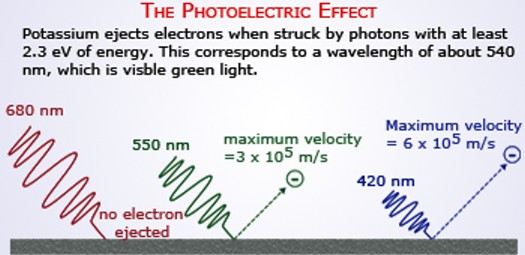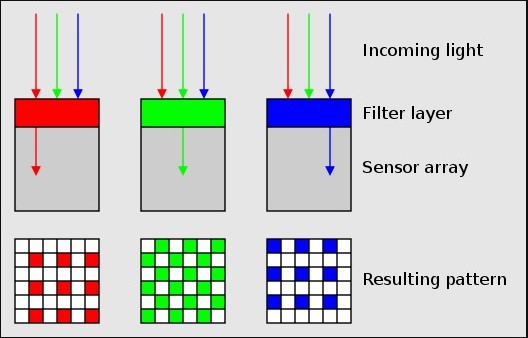They're designed to produce images that reflect the same frequencies as the original scene.If colour is purely a human perception then how do you explain cameras producing colour images?
The simple fact that two identical areas, i.e. reflecting identical frequencies, can be perceived as different colours even in the same image, by the same individual at a single viewing with unchanging uniform illumination, tells us that colour is not an intrinsic property of those areas.
Last edited:
Upvote
0



